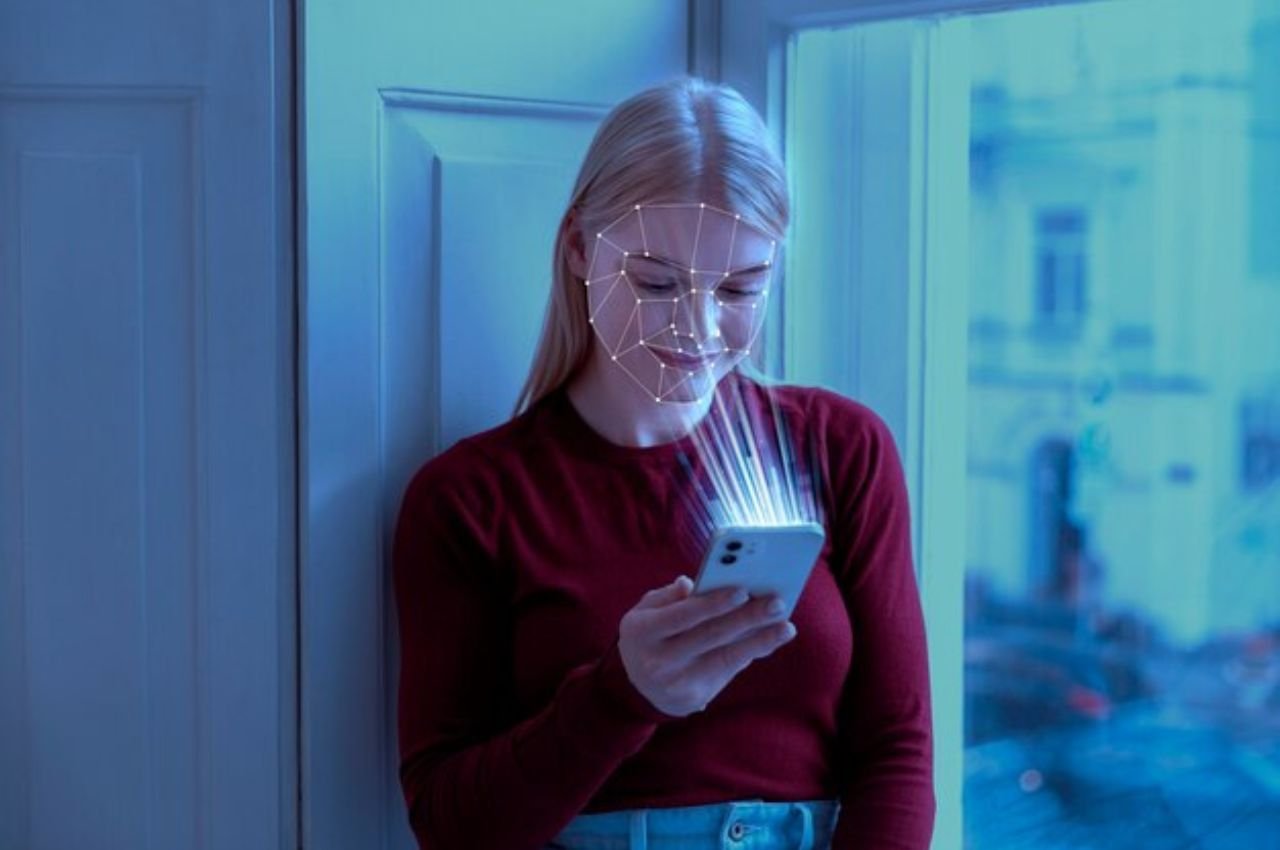The use of facial recognition systems in law enforcement has emerged as a transformative tool in enhancing public safety. With the ability to identify individuals quickly and accurately, facial recognition technology has become indispensable for modern policing, helping to solve crimes, prevent terrorism, and ensure safer communities. However, while the facial recognition system offers many benefits, its deployment also raises concerns about privacy, accuracy, and ethical considerations. This essay explores the role of facial recognition systems in law enforcement, the technology behind them, and the balance between public safety and individual privacy.
What is a Facial Recognition System?
A facial recognition system is a biometric technology used to identify or verify individuals based on their facial features. The system works by capturing an image of a person’s face, analyzing unique characteristics such as the distance between the eyes, the shape of the nose, and the structure of the jaw, and comparing these features against a database of known faces. This technology allows law enforcement to identify suspects, locate missing persons, and track individuals of interest in real-time.
In the context of law enforcement, biometric face recognition serves as an efficient, non-invasive method of identifying individuals who may pose a security threat or have been involved in criminal activities. It is particularly effective in crowded environments such as airports, stadiums, and public events, where traditional identification methods like fingerprinting or manual checks are impractical.
How Does a Facial Recognition System Work?
Facial recognition systems rely on sophisticated algorithms and biometric facial recognition systems to analyze and compare facial features. The process typically involves the following steps:
- Detection: The system captures an image or video of a face using a camera. The software then detects the face within the image, even if there are obstructions like glasses or hats.
- Feature Extraction: Once the face is detected, the system extracts specific facial features such as the eyes, nose, mouth, and the overall shape of the face. This step converts the facial features into a numerical representation known as a “faceprint” or biometric template.
- Matching: The system compares the extracted faceprint to those stored in a database of known faces. This database can include photos from previous encounters with law enforcement, driver’s licenses, passports, or any other records containing facial data.
- Verification/Identification: The system either verifies whether the face matches a specific individual or identifies the individual from a pool of possible matches. In law enforcement, this can help identify suspects, witnesses, or missing persons.
With the rapid advancement of AI and machine learning, automated facial recognition systems are becoming more accurate, capable of identifying individuals in less-than-ideal conditions such as low lighting or at various angles.
Who Introduced Facial Recognition Systems?
The development of facial recognition systems dates back several decades. Woody Bledsoe, a computer scientist, is often credited with introducing early concepts of facial recognition in the 1960s. His pioneering work laid the foundation for the development of more advanced facial recognition technologies. Since then, significant advancements have been made, particularly in the 1990s and 2000s, when the adoption of facial recognition system software began to rise, spurred by the increase in computational power and the availability of large datasets.
Over the years, facial recognition systems biometrics have been refined by both academic research and industry leaders. Today, several companies, such as NEC, Face++, and Clearview AI, specialize in developing and selling biometric facial recognition systems for law enforcement agencies worldwide.
The Role of Facial Recognition in Law Enforcement
The deployment of the Facial Recognition System in law enforcement has proven to be highly effective in various areas:
- Identifying Suspects: One of the most common applications of facial recognition in law enforcement is identifying suspects in criminal investigations. Biometric face recognition systems can quickly match a face from a crime scene with a database of known criminals or fugitives. This can lead to faster arrests and resolutions of cases that would otherwise take weeks or months.
- Preventing Crime: Facial recognition systems biometrics are increasingly used in public spaces, such as airports, stadiums, and city streets, to monitor crowds and identify potential threats. By comparing faces in real-time with a watchlist of known criminals or terrorists, authorities can prevent criminal activities and terrorist attacks before they occur.
- Locating Missing Persons: Facial recognition systems also play a crucial role in finding missing persons. Police can use facial recognition to identify individuals in public spaces or from video footage and cross-check this data with databases of missing persons. This has been especially helpful in locating missing children or vulnerable individuals.
- Improving Public Safety: With the ability to analyze video footage from surveillance cameras, law enforcement can use automated facial recognition systems to detect and respond to incidents such as violent crimes, theft, or terrorism in real-time. The technology can help police respond to situations more efficiently, reducing the potential for harm.
Advantages of Facial Recognition Systems in Law Enforcement
The adoption of facial recognition systems in law enforcement comes with numerous benefits:
- Efficiency: Facial recognition system installation in public places or police stations allows for the rapid identification of suspects and criminals, saving time and resources compared to traditional investigative methods like manual fingerprinting or eyewitness testimony.
- Accuracy: Modern biometric face recognition is highly accurate and can correctly identify individuals even under challenging conditions. For example, facial recognition systems can match faces in low-light environments or at different angles, which would be difficult for human officers.
- Cost-Effective: While the initial cost of facial recognition system installation can be high, over time it can save money by reducing the need for manpower in security and investigative tasks. It also speeds up the process of finding suspects and solving crimes, thus improving resource allocation.
- Enhanced Public Safety: The ability to monitor public spaces and compare real-time data against criminal databases makes facial recognition systems biometrics an invaluable tool in enhancing safety. Authorities can quickly respond to threats, and the presence of this technology can act as a deterrent to criminals.
- Increased Investigative Reach: Facial Recognition enables law enforcement to investigate incidents more thoroughly by using publicly available images, such as surveillance footage or social media profiles. This vastly expands the reach of investigations, allowing officers to track suspects across multiple jurisdictions.
Facial Recognition Systems: Controversies and Concerns
While the benefits of facial recognition systems are clear, their use in law enforcement has raised concerns, particularly around privacy and civil liberties. Critics argue that widespread surveillance could lead to abuses of power and the violation of individuals’ privacy rights. Some have voiced concerns about the potential for discrimination, as facial recognition systems have been found to exhibit biases, particularly in identifying people of color and women.
Moreover, facial recognition system news has highlighted instances where the technology has been used in ways that undermine public trust. For example, the use of biometric facial recognition by governments for mass surveillance has raised alarm over the erosion of freedoms and the possibility of an Orwellian society where citizens are constantly monitored.
To address these concerns, many law enforcement agencies have implemented guidelines to ensure ethical use of facial recognition technology, such as restricting its use to specific applications or requiring court approval for its deployment.
Conclusion
In conclusion, facial recognition systems have proven to be powerful tools in law enforcement, enhancing public safety by enabling quicker and more accurate identification of suspects, preventing crimes, and locating missing persons. The biometric face recognition systems employed by law enforcement agencies have revolutionized policing, making investigations more efficient and improving public safety.
However, as with any powerful technology, there must be a balance between security and privacy. Law enforcement must use biometric facial recognition systems responsibly, ensuring that individuals’ rights are respected while harnessing the benefits of this technology. With proper regulation and oversight, facial recognition systems can continue to play a key role in making our communities safer while protecting our fundamental freedoms.



